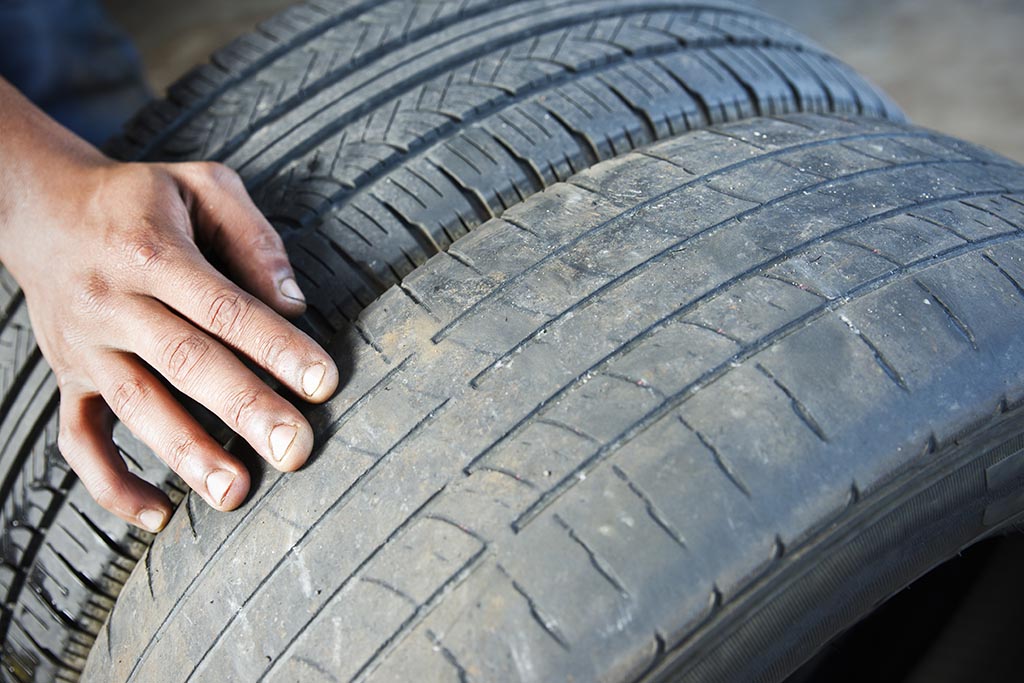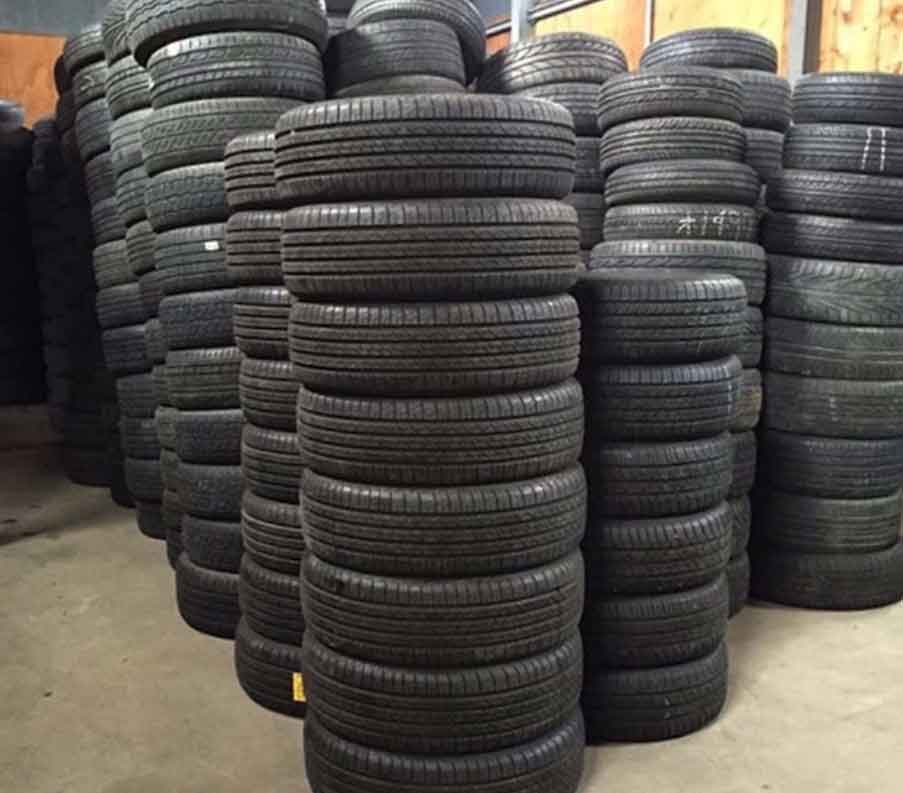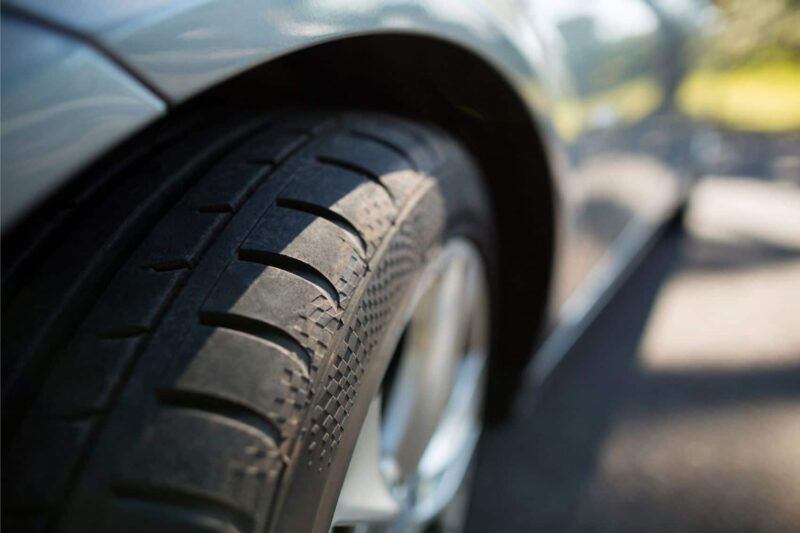When it comes to purchasing used tires, many drivers may find themselves caught in a precarious dilemma: save money or risk safety. Its a common scenario: you spot a great deal on a set of tires that still have some tread left, and temptation beckons.
Yet beneath that tempting surface, the hidden dangers of worn or damaged tires can lurk, transforming what seems like a smart financial choice into a potential disaster waiting to happen. From age-related deterioration to unseen structural issues, the consequences of neglecting due diligence can lead not only to costly repairs but also to life-threatening situations on the road.
So, how can you ensure that your bargain buy doesn’t become a ticking time bomb? Let’s dive into the essential checks and considerations that can help you make an informed decision, preserve your safety, and keep your wallet intact.
Why Used Tires Can Be Hazardous

Used tires can present a range of hidden dangers that may not be immediately apparent, transforming what seems like a cost-effective choice into a perilous gamble. Over time, tires degrade due to weather exposure, wear and tear, and often undetectable internal damage—factors that can drastically compromise a tire\’s structural integrity.
Even a seemingly minor flaw can escalate into catastrophic tire failure while you\’re on the road. Additionally, without a reliable history of maintenance or prior usage conditions, it becomes nearly impossible to ascertain whether a used tire is safe.
In essence, those old tires, marked down with tempting price tags, can turn into ticking time bombs, waiting to unleash their potential hazards at the worst possible moment. Being aware of these risks is crucial for any driver who wants to maintain safety on the road.
Inspection Checklist: Key Features to Examine Before Buying
When you\’re scouring the market for used tires, its essential to have a comprehensive inspection checklist at your fingertips to avoid purchasing a potential hazard, start by examining the tread depth; insufficient tread can compromise traction and handling, especially in wet conditions. Next, look closely at the sidewalls for any signs of cracks, bulges, or punctures—these are red flags that could indicate internal damage.
Dont forget to check for uneven wear patterns, which might suggest alignment issues or improper inflation. Additionally, inspect the age of the tires; even if they appear to be in good shape, tires older than six years may begin to degrade. Finally, dont overlook the valves and rims; ensure they are intact and free from rust or corrosion.
By diligently scrutinizing these key features, you can ensure your investment isn’t just a gamble in disguise.
Know Your Tread: How to Evaluate Tire Wear and Tear

Understanding tire wear is key to ensuring your safety on the road, especially when evaluating used tires. Begin by checking the tread depth; a simple penny test can reveal much—insert a penny into the tread with Lincoln’s head down; if you can see all of his forehead, it’s time to consider replacement.
Look for uneven wear patterns—this can indicate alignment issues or improper inflation. Cracks or bulges on the sidewalls? These are red flags that shouldn’t be ignored.
Moreover, the age of the tire matters; even if the tread appears fine, tires older than six years can harbor hidden dangers. Regular inspections combined with familiarity with these signs can arm you against the unexpected, turning a potential ticking time bomb into a reliable ride.
Conclusion

In conclusion, ensuring that your used tires are safe and reliable is crucial for your vehicles performance and your safety on the road. By being diligent in your inspection, understanding the history of the tires, and considering their age and tread life, you can avoid potential hazards associated with worn-out or damaged tires.
Always prioritize quality over cost, and dont hesitate to seek professional advice when in doubt. For a reliable selection of tires and expert guidance, consider visiting rectangleautosupply.com, where you can find the information and products you need to keep your vehicle running smoothly and safely. Remember, taking these precautions now will help you avoid future complications and keep your journeys worry-free.


